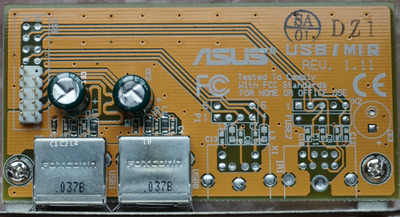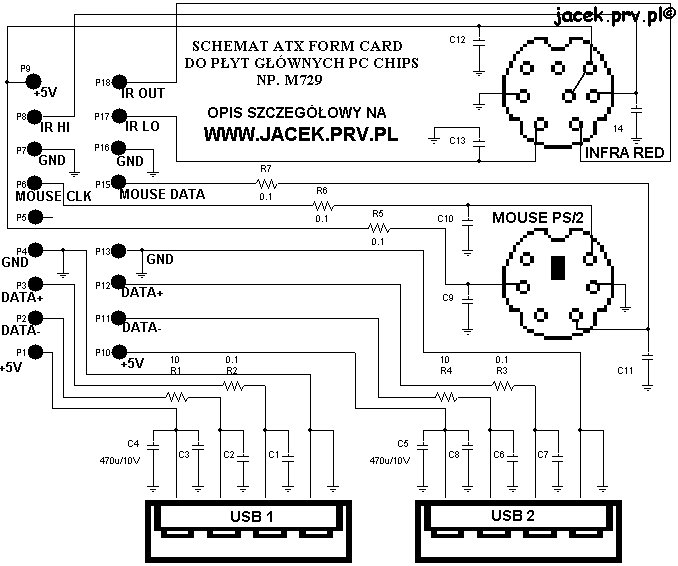First post, by sapperlott
Hi!
I got myself a used Asus SP97 on eBay. As some of you may already know, this is one of the Asus boards that have support for a PS/2 mouse but require the Asus USB/MIR adapter board to provide the proper PS/2 jack for it. There are plenty of USB/MIR boards available on eBay but pretty much all of those are the newer kind that only have the two USB ports populated - the PS/2 and infrared port footprints still exist on the PCB but remain unpopulated.
Since not that many components are missing it should be fairly easy to just add them and hence get a fully working USB/MIR adapter in the process. The biggest hurdle here is that the component values for the missing resistors and inductors are unknown. Hence my question here:
Is someone owning a fully populated USB/MIR board willing to do one of these things (in order of difficulty)?
- Provide high-res photos of the components around the PS/2 / infrared ports
- Measure the component values in-circuit (ideally using an LCR meter)
- Donate a fully populated USB/MIR board they don't need for analysis (ship to Germany)
- Desolder the PS/2 (any maybe infrared) port related components and measure each of their values out of circuit
I know that there are 3rd party "ATX Form Cards" out there but their availability in Germany isn't great either.

